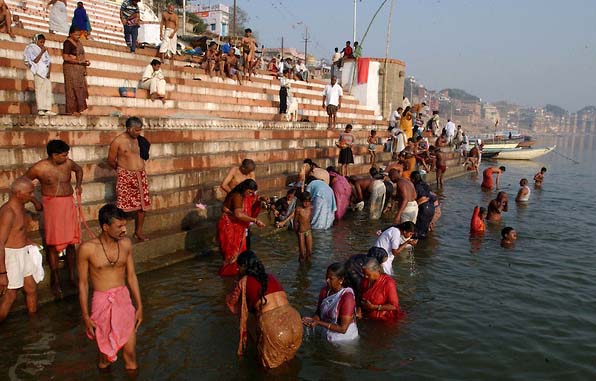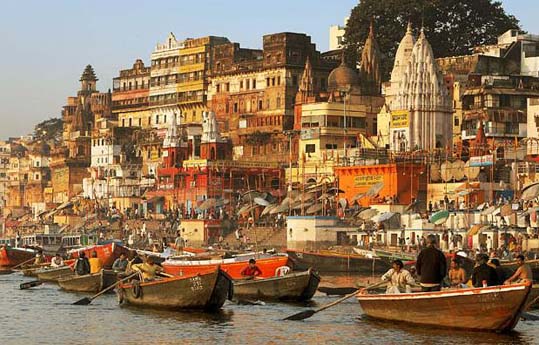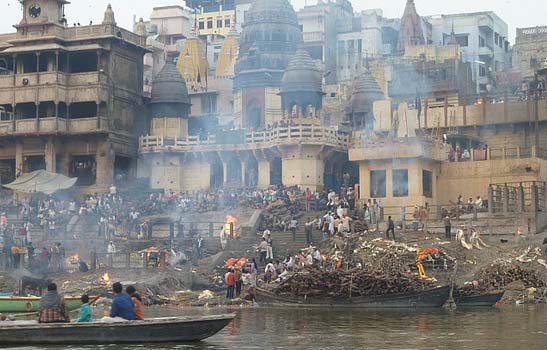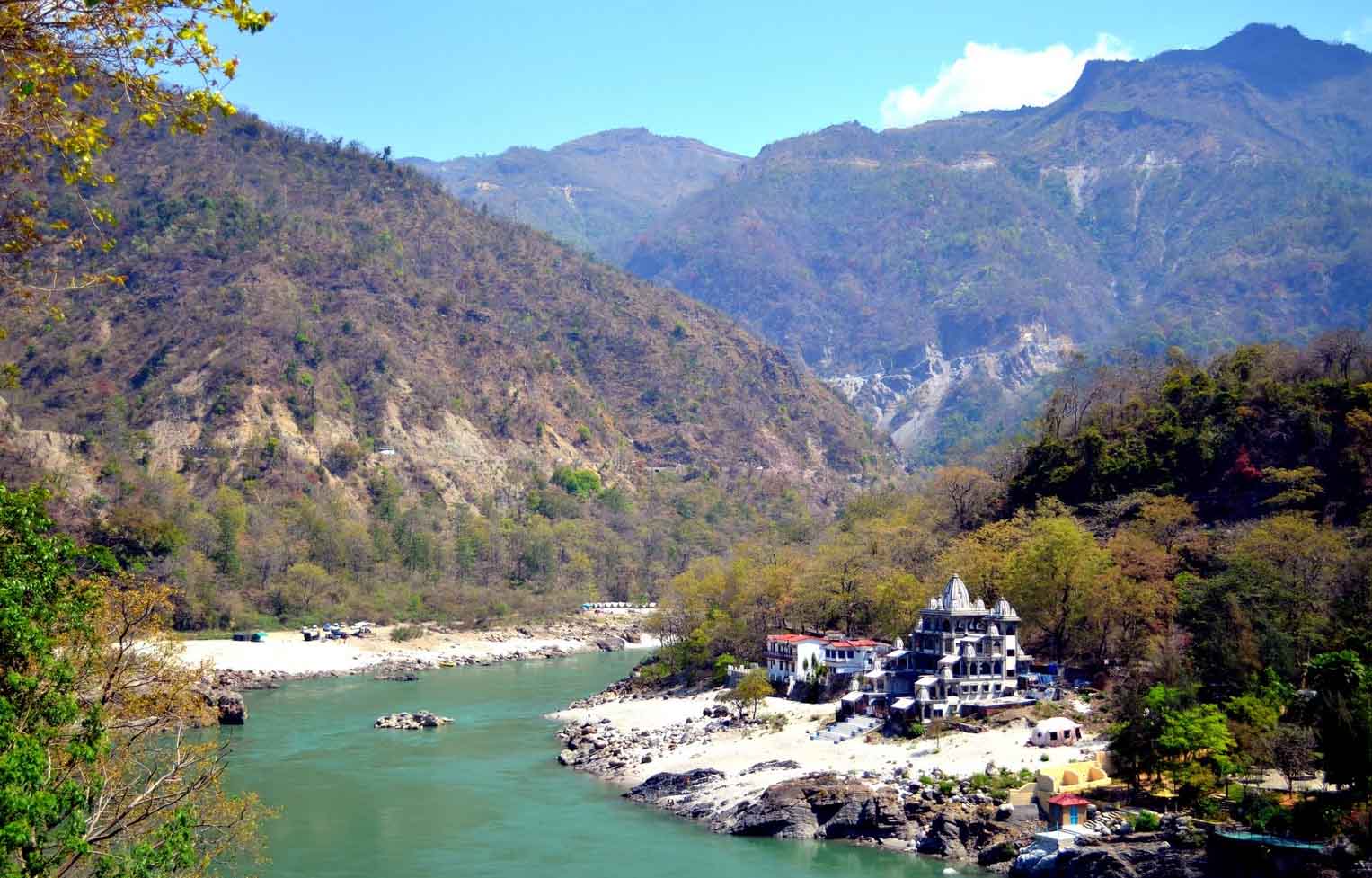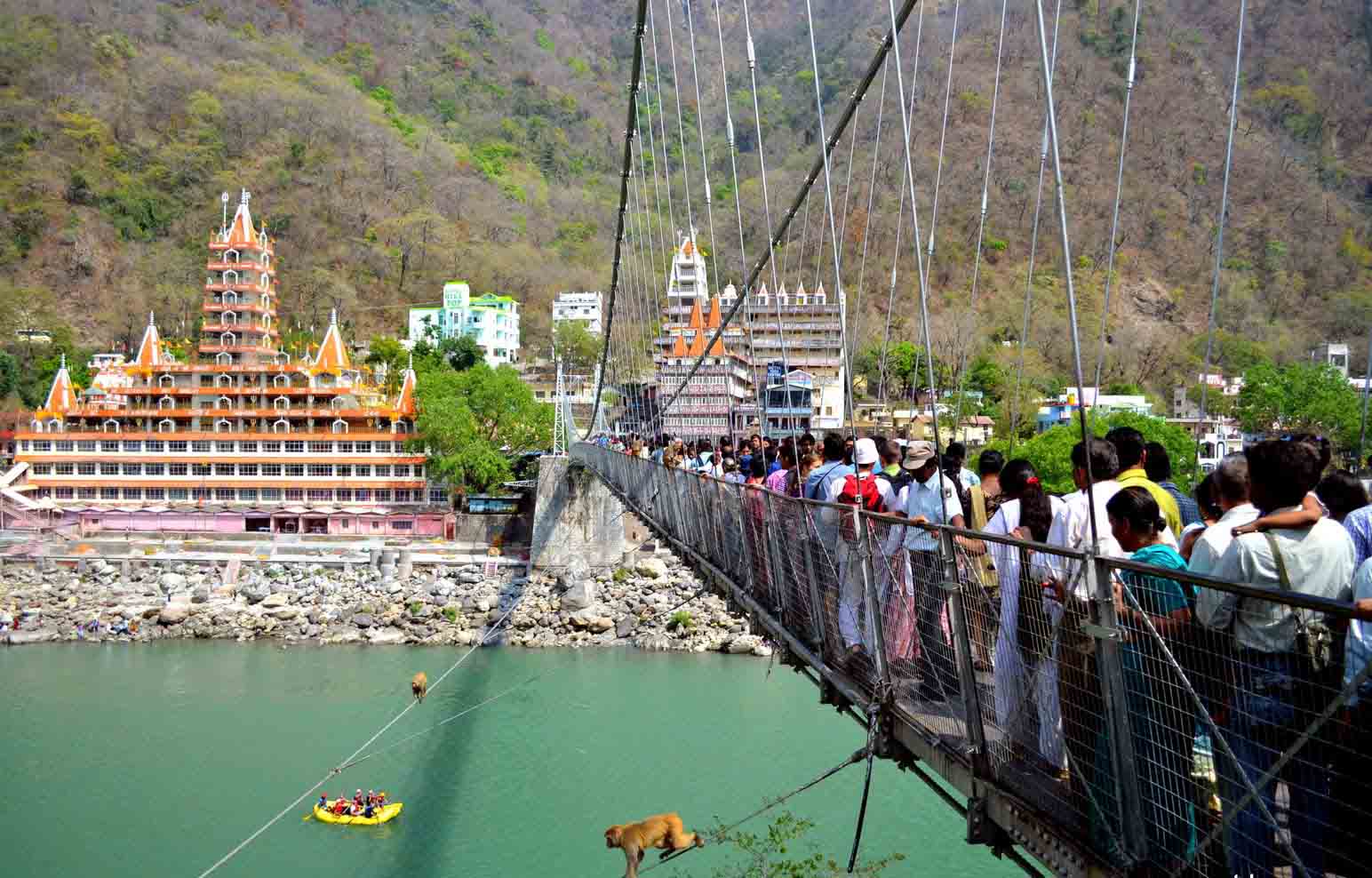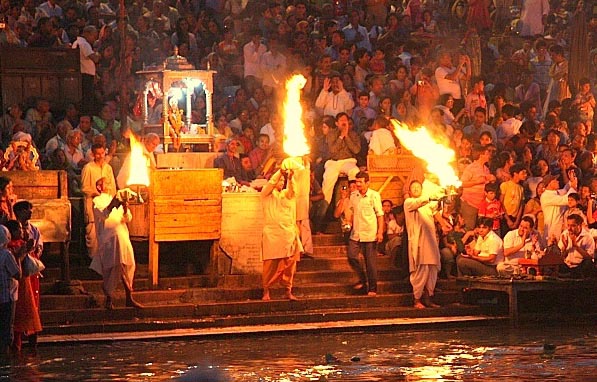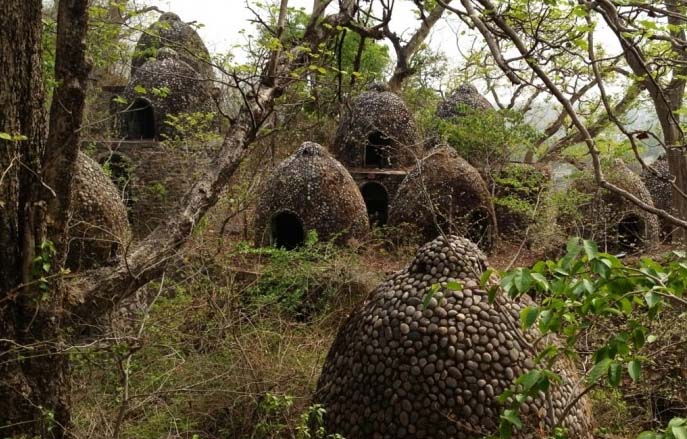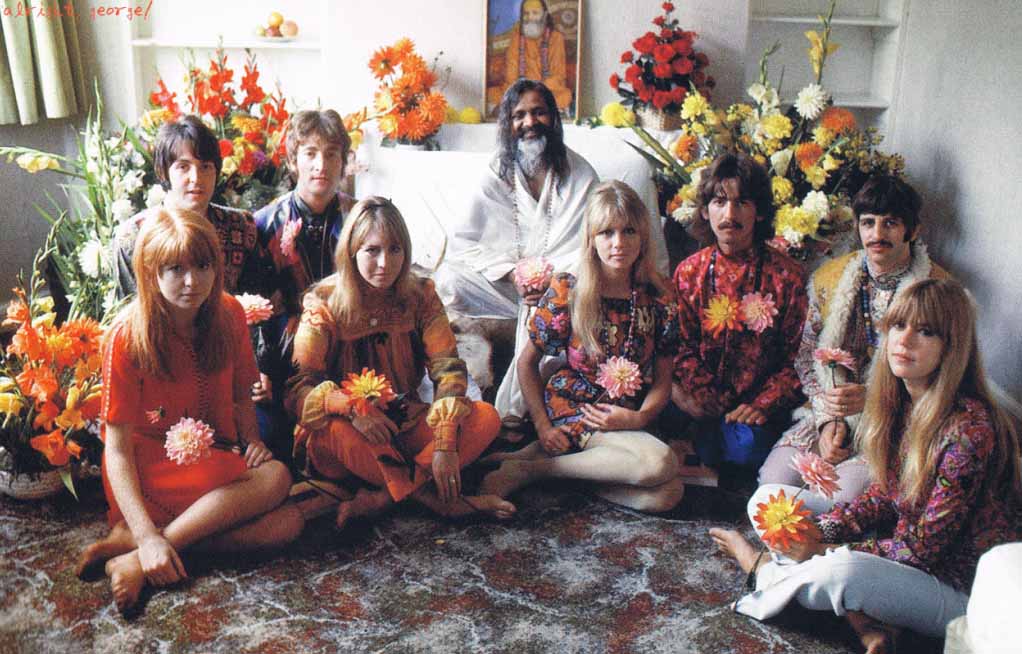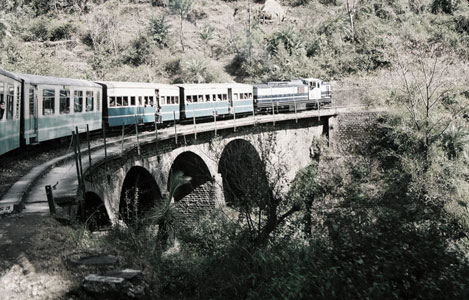Day 1 Delhi
You are met at the airport and transferred to your hotel. The day includes a sightseeing tour of New Delhi, the garden city designed in 1911 by Sir Edward Lutyens. We visit the Birla Mandir (Lakshminarayan Temple), the President’s House, Humayun’s Tomb (the forerunner of the Taj Mahal), Qutab Minar and India Gate.
Day 2 Amritsar
We travel by train to Amritsar where we transfer to our hotel and then proceed to the Golden Temple – the sacred Sikh sanctuary. It is marbled, bronzed & covered with gold leaf. The temple has a community kitchen where 10000 pilgrims are fed free meals every day by volunteers. We also visit the Wagah border, where we can watch the nightly closing of the India and Pakistan borders.
Days 4 - 5 Dharamsala
The Golden Temple is really worth seeing again and again so we do just that, visiting once more during the morning prayers before departing for Dharamsala. Dharamsala, perhaps best known as “Little Lhasa” nestles against the craggy Dhauladar mountains, amid pine and deodar forests. The region offers fantastic views of Himalayan peaks and the Kangra Valley. After China’s invasion of Tibet in 1959, the Fourteenth Dalai Lama and his Buddhist government were given asylum in Dharamsala, a former British hill station. Since then, a steady stream of Tibetan exiles have relocated here, some of them walking across the rugged Himalayas in the winter, to escape oppression and to be near the man they regard as their religious and political leader. We visit Namgyal Monastery opposite the Dalai Lama’s residence. The monastery contains large gilded bronzes of the Buddha, Padmasambhava and Avalokitesvara. The latter image, of Avalokitesvara – the Bodhisattva of compassion – of whom the Dalai Lama is an incarnation, was rescued from the Tokhang temple in Lhasa and brought here during the massive destruction wrought during the Chinese Cultural Revolution. We also visit the Tibetan children’s village school. The school has been housing, caring for, and educating more than 2500 orphaned Tibetan children under the patronage of the Dalai Lama since 1960.
Days 6 - 8 Shimla
Rising at 5 am to walk to the monastery, one can watch the student monks in their morning prayers and rituals. It’s an early start, but well worth the effort if you want to experience the spirit of Dharamsala. Today we continue our journey to Shimla, stopping in Mandi to visit the beautiful stone carved temples, Bhutnath and Triloknath. In the days before independence Shimla was the most important British hill station and in the hot season became the summer capital of India. The town is perched on a ridge along which runs the Mall (a walking area). The Mall is lined with stately English looking houses bearing strangely displaced English names. As well as the Mall, our sightseeing in Shimla includes the former palace of the British viceroy and the Jakhu temple, dedicated to the monkey god Hanuman. The temple is at an altitude of 2455 meters, near the highest point of the Shimla ridge. It is a pleasant 45 minute walk from the Mall and it offers a fine view over the surrounding valleys. Appropriately there are many monkeys living around the temple.
Days 9 - 10 Mussoorie
We continue our journey by coach across the foothills to the “Queen of the Hill Stations” – Mussoorie. The road to Mussoorie runs between golden sugar cane and wheat fields interspersed with deep lichee and mango groves, which finally give way to the densely forested Sivalik Hills. In colonial times Mussoorie was known as a place to go for an affair – today the tradition is maintained somewhat as it is a favorite honeymoon destination for Indian couples. Our visit to Mussoorie includes a walking tour to “cloud’s end” point where we take a picnic lunch. This vantage point affords fantastic views. To the north-east are the extensive snow-capped Himalayas, while to the south we can see the Doon valley. We also spend a few hours in Mussoorie town itself where people are free to wander about the main bazaar. Although the main town is perhaps a little “Tivoli-esque”, Indian vacationers love it and it’s a fun place to people watch!
Days 11 - 12 Shivpuri
Today we journey to Shivpura where we are based at a camp along the river Ganges. The camping facilities in Shivpuri are very comfortable. Each tent is equipped with two single beds with mattresses, complete bedding, towels, etc. The campsite has western flush style toilets and hot showers; this is camping at its most luxurious! From our camp base we embark upon our half-day rafting trip. No previous rafting experience is necessary. Expert guides and top quality equipment are provided. (Those who choose not to raft may relax at the camp). We also explore the flora and fauna of the region on foot, taking a walking tour to nearby small villages. Later in the afternoon we visit the neighboring town of Rishikesh. It’s a peaceful town, surrounded by hills and bisected by the Ganges. Often called the “Yoga Capital of the World,” Rishikesh gained instant fame as the site where the Beatles came to stay with their guru, the Maharishi Mahesh Yogi. Ashrams line the river for many kilometers. We visit the Shivananda Ashram, and the Bharat temple, before proceeding to the Triveni Ghat where the aarti is performed at the Ganges every dusk. At sunset priests perform this river worship ceremony – placing leaf boats loaded with flowers and candles into the river.
Days 13 - 15 Delhi - Agra
We return to Delhi today, stopping enroute at Haridwar. Haridwar is the spot where the Ganges leaves the mountains and enters the plains. As such it is among the holiest places of pilgrimage in India. This is the place where Brahma greeted Ganga on her descent to earth and where Vishnu left his footprint. Haridwar’s waters are doubly sanctified then, and 2 million Hindus visit each year to bathe in the bend of the river known as the Brahmakund or Brahma’s basin. We stop to observe the ritual bathing at Har-ki-Pauri – the sacred ghat that was constructed by King Vikramaditya. It is the most important ghat on the river Ganga, where a holy dip is a must for every devotee. From Haridwar we proceed on to Delhi. This time we visit Old Delhi, the ancient city built by Emperor Shah Jahan. We visit the Red Fort, and take a bicycle rickshaw ride through the narrow lanes of old Delhi to the Jama Masjid, the largest mosque in India. Finally we visit the cremation site of Mahatma Gandhi (Raj Ghat). Last but not least on our itinerary is a day trip to the Taj Mahal in Agra. We travel to Agra by Shatabdi express train. In Agra we see the Taj Mahal, one of the wonders of the world, as well as the magnificent Agra Red Fort. The Taj Mahal was built in 1652 by Emperor Shah Jahan, and took 22 years and 20,000 skilled artisans to complete. The Agra Fort lies across the river Jamuna. It was here that Aurangzeb, the third son of Shah Jahan, kept his father under house arrest. One can get a fantastic view of the Taj from the little octagonal tower in the Fort.
Day 16 Delhi
Our tour ends today with breakfast and transfer to the airport for international departure.
With thanks to Ami Vitale for the bathing ghats image






















